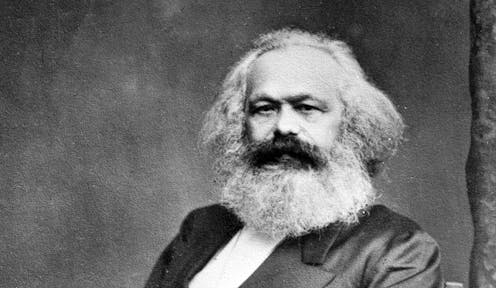World Regions and Cultures 11- Khrushchev, Brezhnev, Gorbachev, Yeltsin, Putin, etc.
Student Learning Objective- Students will be able to explain causes and effects of specific regimes in Russia and the surrounding region.
Film clips:
1956-Hungarian Uprising
1957- Sputnik
1959- Khrushchev visits the US
1961- Yuri Gagarin
1957- Sputnik
1959- Khrushchev visits the US
1961- Yuri Gagarin
1968- Prague Spring (Czech Uprising)
Stalin
- Stalin was _____________ or Communist dictator from 1928 until 1953
- Stalin died in 1953 and Nikita Khrushchev became Premier after sharing power for 3 years
- His personality included high ups and low downs
- Debate with Nixon- He said "bye bye" to the _____________
- Taking his shoe off at the ___ - slammed it on a podium and said "we will bury you"
- He was a high ranked General at the battle of _____________
- He was respected by Stalin and fought bravely for Stalin
- He shocked the USSR when he criticized Stalin after his death
- _____________ released some of Stalin’s enemies, made censorship lighter and made it legal to criticize Stalin
- It was still illegal to criticize Khrushchev
- _____________ was still banned
- Khrushchev’s 5 year _______ made consumer goods which was well received and still is
- Massive purchase of grain from the US and others in 1963- US-Soviet grain deal was $100,000,000. He did not allow _____________ like Stalin
- ___________was a direct communication link between the White House and the Kremlin
- _____________ test ban was signed
- He ordered the building of the _____________ wall
- Why? 3 million people had escaped from East Berlin to West Berlin
- He caused the _____________ missile crisis by donating nuclear weapons to Fidel Castro
- He was forced to resign in 1964
- Leonid Brezhnev shared power from 1964 until 1970 and was Premier from 1970 until 1982
- _____________ was to relax Cold War tensions (pic 450 Our World)
- Strategic Arms Limitation Talks or _____________
- SALT II
- Invasion of _____________ in 1978
- KGB crushed underground literature
- _____________ production was behind
- _____________ production was behind
- People were clearly unhappy with Communism
- Brezhnev died in 1982
Quiz #3 is Tuesday, 12/1:
Armenia
Azerbaijan
Georgia
Kazakhstan
Kyrgyzstan
Russia
Russia
Tajikistan
Turkmenistan
Uzbekistan
Mikhail Gorbachev became Premier in 1985
He withdrew USSR from ___________________
Glasnost or ___________________
. Freedom of speech, press and religion
Perestroika or ___________________
-Formed local governments, etc.
Allows ___________________ in Poland, Hungary, Czechoslovakia, Bulgaria, Romania, Albania, Yugoslavia
Berlin Wall is allowed to be torn down and Germany reunites as non-Communist
USSR splits into 15 separate Republics and none of them ___________________!
Election held and Boris Yeltsin takes 57% of the Popular Vote
Yeltsin was the son of an anti-Stalin prisoner
Member of the CPSU (1961-1990)
Politburo Member
Mayor of Moscow under Perestroika
Ally of US
Drunk?
Impeached twice, resigned 1999
Vladimir Putin- president 2 terms, created the ____________ Minister position for himself when Dmitry Medvedev was President and is now President again!


.png)





